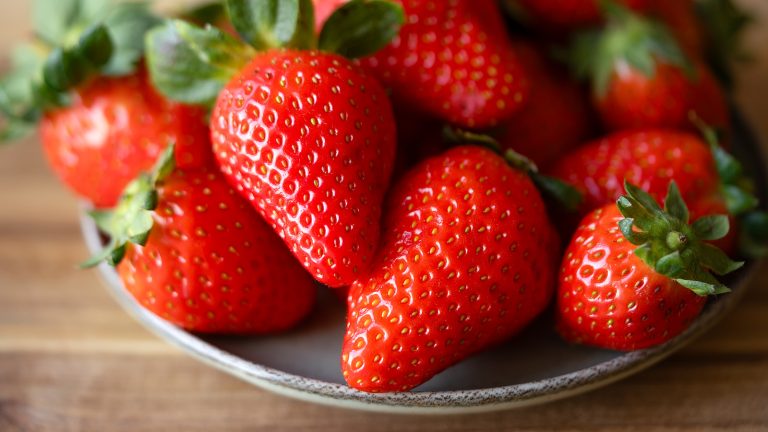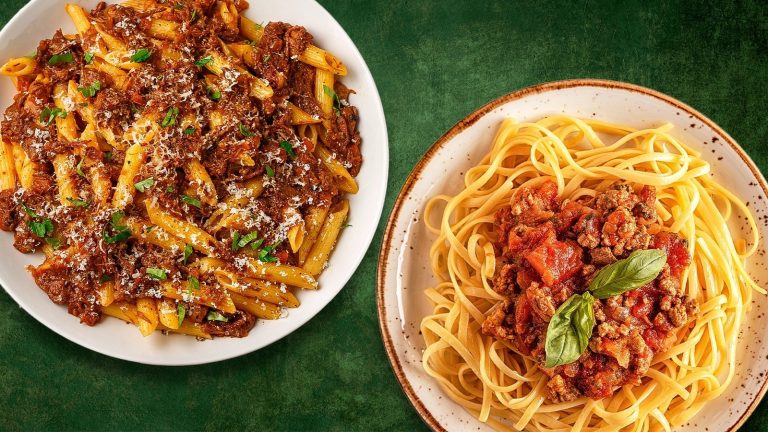If you’re new to drinking espresso, it may initially taste intense, strong, or even slightly bitter, but burnt is a flavor that should never be associated with the brew. The scorched taste often seems like an unavoidable fact due to espresso’s lengthy roasting process, so we turned to Mathew Woodburn-Simmonds of Home Coffee Expert for tips on getting perfect espresso every time.
The full-bodied nature of espresso comes out when the beans are roasted for a longer period of time than regular coffee beans, but there’s still a limit to how far it should go. “The number one cause of coffee tasting burnt is over-roasted beans,” the former barista explains, noting that it’s either a strategic move or costly mistake. “Coffee beans near black and shiny with the internal oils escaping have been roasted to near oblivion to hide the fact they’re low quality and didn’t taste of much to start with, or they’re good beans that a roaster has wrecked.”
Using lower quality beans for darker roasts is a common method that gives them the false taste of depth or masks the flavor, but a slightly charred taste is simply the norm for certain types of coffee roasts. “This was the preferred style of old-school Italian espresso and coffee houses of the past,” says Woodburn-Simmonds. When choosing espresso beans, he suggests avoiding ones with an extremely dark or oily appearance, as these signify a burnt roast. They should have a slight sheen, with a deep color that’s still visibly brown rather than black.
Your brewing methods may be burning your espresso
Even if you’ve picked the best coffee beans to brew for espresso, the way you prepare it can still result in a burnt taste. “You can also be using water that is too hot and burning your coffee grounds,” warns Woodburn-Simmonds, noting that espresso should be brewed at around 200 to 205 degrees Fahrenheit. “Boiling water is too hot for the coffee grounds and will burn them, causing the bitter, unpleasant flavor, even from good-quality, nicely roasted beans.”
Some coffee brewing machines force you to temperature surf for the best homemade espresso, but Woodburn-Simmonds recommends getting one “with a built-in temperature gauge.” He also suggests using a digital meat thermometer to test the temperature of the water and adjusting your machine accordingly. To Woodburn-Simmonds, both automatic and manual espresso machines have their downsides, but the former is generally easier to work with.
“Most automatic espresso machines are more likely to use water that is too cold than too hot for espresso, but the cheaper, manual machines may be burning your coffee grounds,” he adds. “If your espresso machine is ‘steam powered,’ then it is definitely burning them.” To prevent your manual coffee machine from overheating the grounds, Woodburn-Simmonds advises using water from a temperature-controlled kettle for the espresso.






